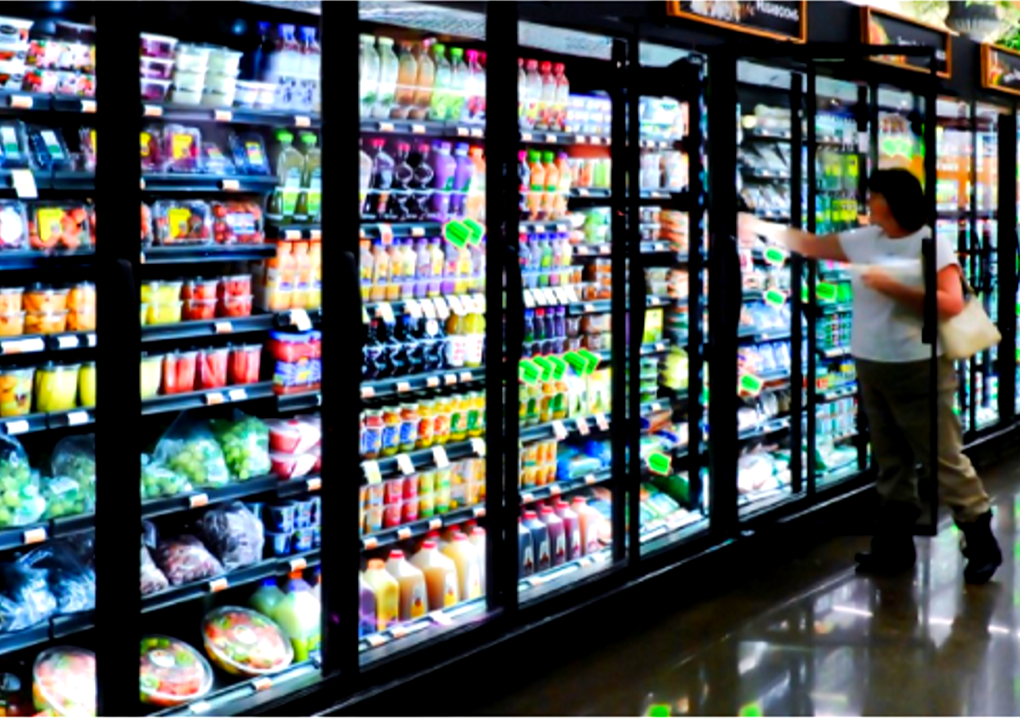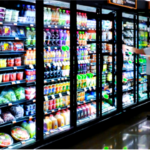
Saving money is the number one focus for businesses in any industry, especially since the costs are rising almost every year. In the food industry, commercial refrigeration can account for 25% of the energy that is consumed in grocery stores, convenience stores, and restaurants. Refrigeration expenses come with the territory when working in foodservice. Not only is it everywhere, but it is always on. There are three ways on how you can spend less on commercial refrigeration and can cut down on your energy cost.
Maintenance
The first way to spend less on commercial refrigeration is by making sure that your existing equipment is working at its peak performance. Broken or loosely sealed doors on walk-in freezers and coolers can cause temperature changes, forcing the system to work harder on maintaining temperature and use more energy. It is best to check the evaporators frequently and the cooling coils and clean them when needed.
Energy Rebates
Numerous states offer a commercial refrigeration rebate system to operators who employ energy-efficient refrigeration equipment in their buildings. This type of program incentivizes saving energy, and when it is combined with efficient refrigeration equipment, it can produce substantial cost savings for foodservice operations.
Energy-Efficient Refrigeration Equipment
There are energy-efficient refrigeration systems that can use scroll compresses that consumes less energy than traditional models. There are also those that use a digital scroll compressor, which reduces compressor cycling that results in a longer life span for refrigeration equipment. By using just two compressors instead of twelve, the new refrigeration technology reduces energy consumption, and it cuts energy costs by 50%.
It is also important to upgrade your equipment. You can add liquid pressure amplifiers to increase the system’s overall refrigeration capacity, the floating head pressure controls which allow the systems to vary more without wasting energy. You can upgrade to higher-efficiency fan motors and compressor systems, which can save you at least 15% on your commercial refrigeration costs. You can also upgrade your machine’s lighting fixtures to energy-efficient bulbs, which can save you 10%, especially in reach-ins.
It is also best to turn off the door heaters. Just by doing this, a restaurant can save $75 a year, and a grocery store much more. If your doors begin to get ice buildup, and it is not caused by a problem with the door’s seal, turn the heaters back on and leave them on.
Insulating lines are also important, insulate the suction line so that the refrigerant loses less cool and it can absorb less heat as it is moved from the evaporator. This is an affordable way of adding additional efficiency to the machine. You also need to check the refrigerant; if there is not enough refrigerant, the compressor is working overtime which is costing you money. Look through the glass window that is built into the condenser where you can see the line. If it is full, you will see bubbles in the line when the refrigerant is moving.
It is best to call your local service provider to fix the issue. Commercial refrigeration repair in San Jose can help make sure that your machine is well-maintained. There is a lot at stake when a freezer or fridge fails than other items in the kitchen at a restaurant. A fridge failure can start a chain reaction, loss of fridge means loss of product, and loss of product means lost customers.
Maintenance is useful for keeping your machine clean, replacing worn out parts before they break and increasing the output. Restaurant refrigeration gets more efficient when it is clean and maintained. The more efficient the equipment is, the less money you have to spend. A restaurant refrigeration equipment that is well-kept is an easy way to limit any unnecessary expenses.
